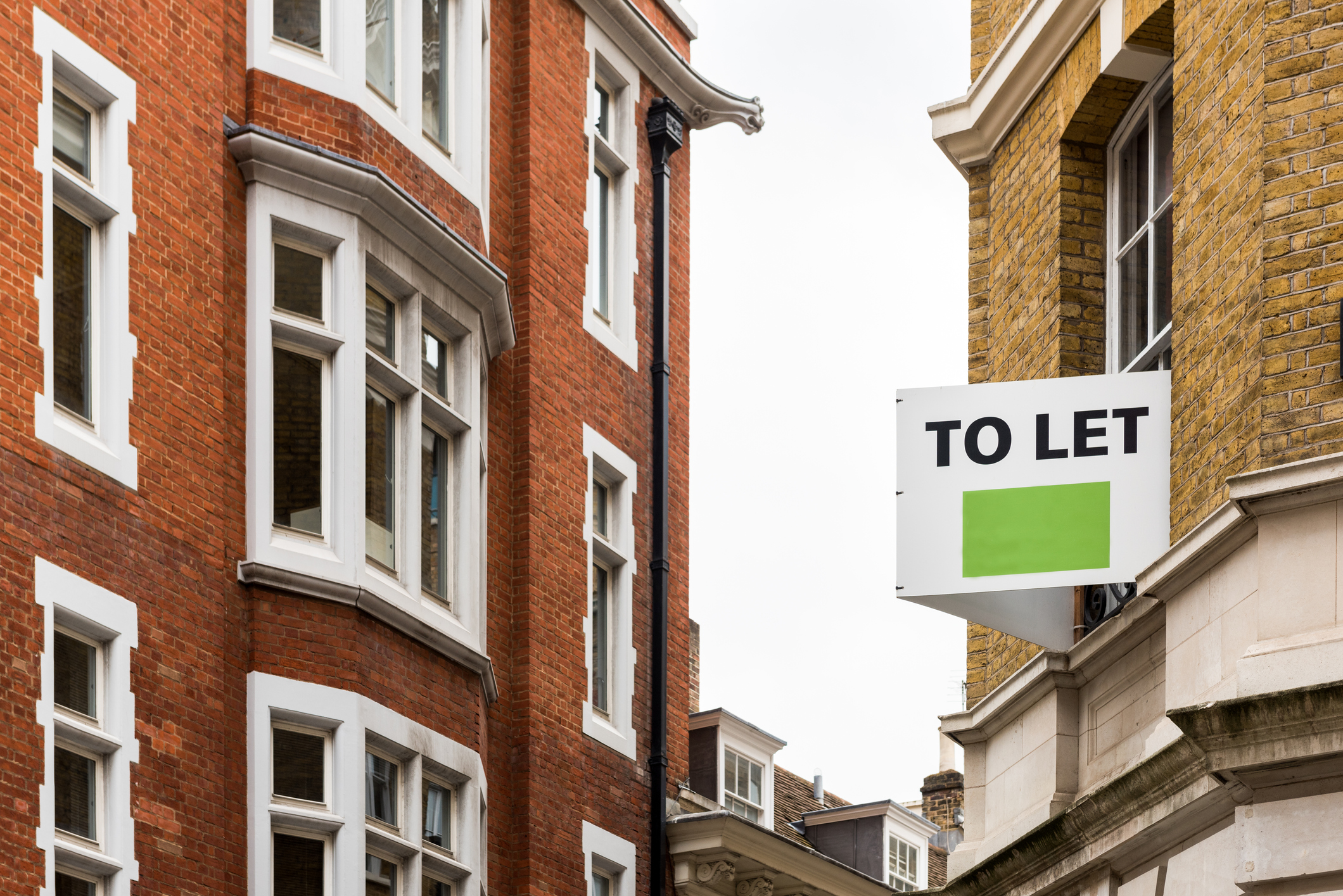Don’t touch Boohoo with a bargepole – here’s what I’d buy instead
Investors in online retailer Boohoo are jumping ship. That's a sensible move, says Rupert Hargreaves. If you're looking for a retail stock, here's what to buy instead of Boohoo.


Online retailer Boohoo (LSE: BOO) was one of the pandemic’s big winners, but it has failed to keep investors on board as the world has reopened. Shares in the group have dropped a staggering 83% over the past 12 months, wiping out all of the stock’s pandemic gains and then some. Rival Asos (LSE: ASC) is not far behind.
The company’s troubles have continued to mount as the cost of living crisis starts to hit consumers in the pocket, not just in the UK, but in international markets as well. Management was expecting sales to expand by a mid-single-digit percentage this year. However, revenues fell by 8% to £445.7m over the three months to the end of May.
The company blamed “pandemic-related and inflationary factors” for the decline.
MoneyWeek
Subscribe to MoneyWeek today and get your first six magazine issues absolutely FREE

Sign up to Money Morning
Don't miss the latest investment and personal finances news, market analysis, plus money-saving tips with our free twice-daily newsletter
Don't miss the latest investment and personal finances news, market analysis, plus money-saving tips with our free twice-daily newsletter
Sector challenges dominate the story
Boohoo’s challenges are not unique to the company. The retail sector is brutally competitive, and businesses have to work flat out to stay ahead of the competition.
Seventeen years ago, TopShop and its parent, Arcadia Group, dominated the UK retail landscape with nearly 2,000 shops around the world and around 20,000 employees. In 2005, the year Philip Green paid himself a dividend of £1.2bn, the organisation generated an operating profit of £326m (two and a half times Boohoo’s 2021 reported operating profit of £124m).
That was the peak of the company’s success. Last year Boohoo and Asos carved up the corpse of Arcadia between them, paying £355m in all.
The irony is that Arcadia fell behind because it took its position in the market for granted. It was blindsided by firms like Boohoo, which was one of the first UK retailers to harness the power of e-commerce.
Sadly, Boohoo is not the nimble start-up it once was, and now its competitors are catching up, so it needs to keep investing to stay on top.
Last year, the company spent virtually all of its available cash resources (£262m) infrastructure. By the end of February, Boohoo’s cash reserves had dropped to £1.3m. In March management inked a new £325m loan facility to provide funding for growth.
The group has outlined plans to invest £500m and create over 5,000 jobs over the next five years, with up to £120m of this spending falling due over the next 12 months.
Boohoo’s challenges in the US illustrate the problems the group is facing. It wants to expand its footprint in the region, but it is currently stuck with a 10-day delivery service. That’s not good enough for consumers who want to order an outfit on Wednesday to wear on the weekend.
So the firm is having to build its own infrastructure.If Boohoo wants to grow in the region, and stay ahead of the competition, it needs to keep spending.
Boohoo’s reputational issues are lingering too
The combination of falling profits and rising spending is never a good look for a business, especially one that's also been hit by reputational issues.
Indeed, Boohoo’s problems go far beyond the numbers. Over the past couple of years it has been accused of relying on suppliers in Leicester that underpay their workers. There is also a growing movement against so-called “fast fashion” brands due to the impact these clothes can have on the environment.
To its credit, Boohoo is trying to improve its reputation. It has opened a model factory in Leicester with 180 new jobs for workers on guaranteed 40-hour-a-week contracts with holiday And it’s also manufacturing clothing from recycled materials.
Unfortunately, it will take time for the company to rebuild its reputation. Until it does, for many investors the stock will be uninvestable.
Performance is expected to improve, but uncertainty prevails
Management believes Boohoo’s operating performance will improve in the second half of the current fiscal year as consumer demand normalises and it works through logistical challenges.
There are some signs this scenario could play out. “We have seen promising signs from the group’s sales performance in the UK, which has improved month on month in the period and we are looking ahead towards our key summer trading season,” CEO John Lyttle noted in Boohoo’s latest trading update.
As uncertainty is the name of the game right now, I would take this statement with a pinch of salt. Boohoo is maintaining its mid-single-digit percentage annual sales growth target, even though sales fell in the three months to May. It’s going to be hard for the group to make up this lost ground, especially with consumers being battered from every angle. Analysts expect the outlook for the economy to get worse before it gets better.
Considering all of the above, I would avoid Boohoo at all costs. The company operates in a highly competitive market, is having to spend more to stay ahead and it’s facing a tough consumer environment. With headwinds mounting, I’m struggling to see any positives for the business over the next 12 to 24 months.
Refinitiv analyst estimates have fallen consistently over the past 12 months. The average adjusted earnings per share target for 2022 is now 2.9p down from 13.7p last year. And on this basis, the stock is trading at a forward price-to-earnings ratio (p/e) of 22.7.
In comparison, peer Next (LSE: NXT) – which I believe is ahead of Boohoo in the race to build the infrastructure required to support a world-beating aggregation business – trades at a p/e of 11. Granted, Boohoo’s valuation gives no credit for potential growth and earnings upgrades in the months ahead, but based on this valuation gap, Boohoo looks expensive to me.
I’d buy Next instead: Why Next is the only retailer I’d want to own in my portfolio
Get the latest financial news, insights and expert analysis from our award-winning MoneyWeek team, to help you understand what really matters when it comes to your finances.

Rupert is the former deputy digital editor of MoneyWeek. He's an active investor and has always been fascinated by the world of business and investing. His style has been heavily influenced by US investors Warren Buffett and Philip Carret. He is always looking for high-quality growth opportunities trading at a reasonable price, preferring cash generative businesses with strong balance sheets over blue-sky growth stocks.
Rupert has written for many UK and international publications including the Motley Fool, Gurufocus and ValueWalk, aimed at a range of readers; from the first timers to experienced high-net-worth individuals. Rupert has also founded and managed several businesses, including the New York-based hedge fund newsletter, Hidden Value Stocks. He has written over 20 ebooks and appeared as an expert commentator on the BBC World Service.
-
 The most influential people of 2025
The most influential people of 2025Here are the most influential people of 2025, from New York's mayor-elect Zohran Mamdani to Japan’s Iron Lady Sanae Takaichi
-
 Millions of parents are missing out on up to £720 a year in extra pension cash – are you affected?
Millions of parents are missing out on up to £720 a year in extra pension cash – are you affected?A mum who narrowly missed out on the pension boost said she “never knew the government rule existed” and wants other parents to use it
-
 Halifax: House price slump continues as prices slide for the sixth consecutive month
Halifax: House price slump continues as prices slide for the sixth consecutive monthUK house prices fell again in September as buyers returned, but the slowdown was not as fast as anticipated, latest Halifax data shows. Where are house prices falling the most?
-
 Rents hit a record high - but is the opportunity for buy-to-let investors still strong?
Rents hit a record high - but is the opportunity for buy-to-let investors still strong?UK rent prices have hit a record high with the average hitting over £1,200 a month says Rightmove. Are there still opportunities in buy-to-let?
-
 Pension savers turn to gold investments
Pension savers turn to gold investmentsInvestors are racing to buy gold to protect their pensions from a stock market correction and high inflation, experts say
-
 Where to find the best returns from student accommodation
Where to find the best returns from student accommodationStudent accommodation can be a lucrative investment if you know where to look.
-
 The world’s best bargain stocks
The world’s best bargain stocksSearching for bargain stocks with Alec Cutler of the Orbis Global Balanced Fund, who tells Andrew Van Sickle which sectors are being overlooked.
-
 Revealed: the cheapest cities to own a home in Britain
Revealed: the cheapest cities to own a home in BritainNew research reveals the cheapest cities to own a home, taking account of mortgage payments, utility bills and council tax
-
 UK recession: How to protect your portfolio
UK recession: How to protect your portfolioAs the UK recession is confirmed, we look at ways to protect your wealth.
-
 Buy-to-let returns fall 59% amid higher mortgage rates
Buy-to-let returns fall 59% amid higher mortgage ratesBuy-to-let returns are slumping as the cost of borrowing spirals.